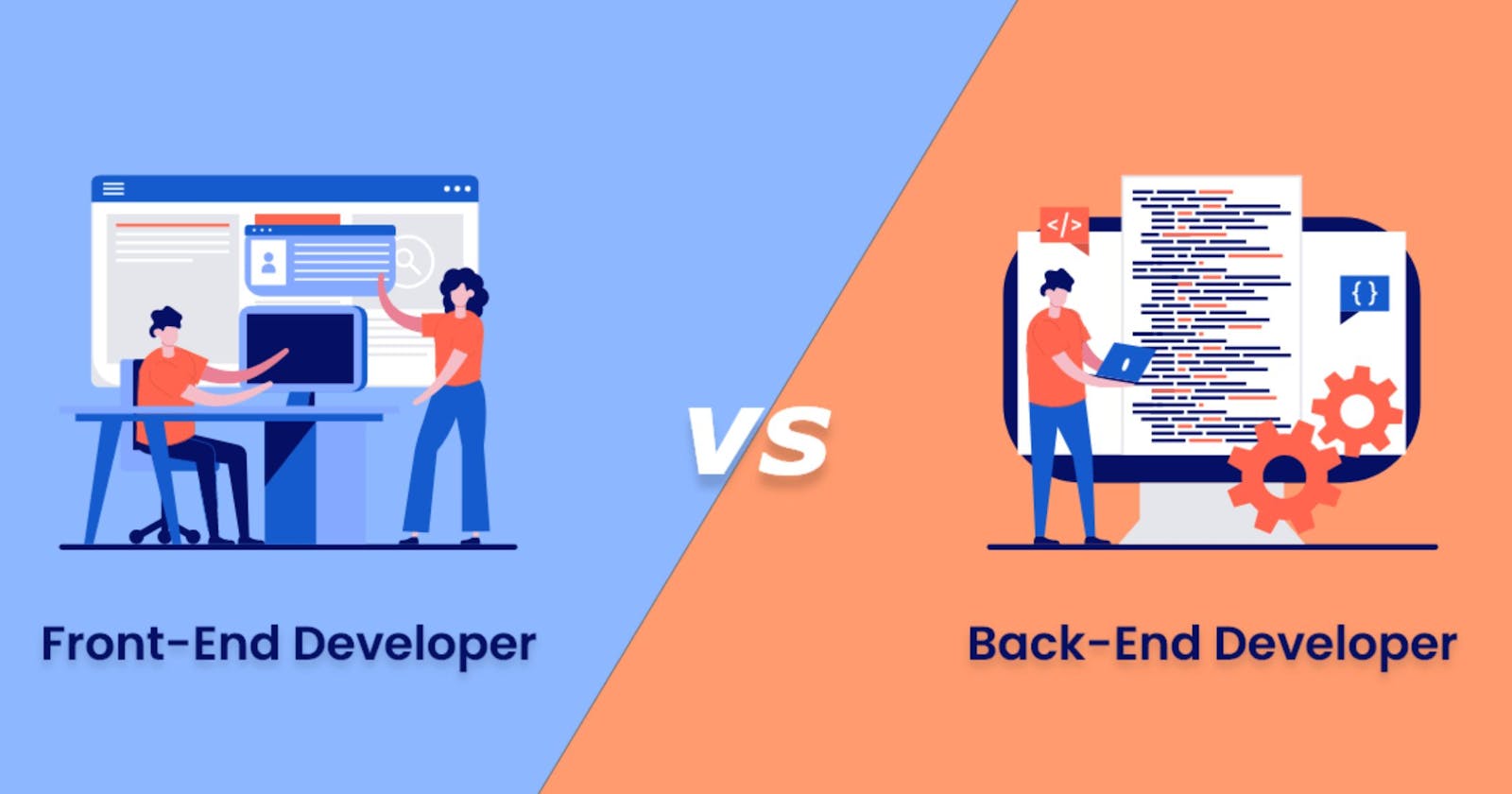Introduction
Full-stack developers play an increasingly important role in the dynamic field of web development. The need for experts who can navigate both frontend and backend development has increased as technology continues to progress. Full stack development is not merely a job title; it's a holistic approach that empowers developers to bridge the gap between the user interface and server-side functionality, creating a cohesive and efficient web application.
The Frontend Perspective Users engage directly with the frontend of a website. It encompasses everything the user sees and interacts with – from buttons and forms to layouts and animations. A full stack developer needs to be proficient in frontend technologies, such as HTML, CSS, and JavaScript. Understanding user experience (UX) and user interface (UI) design principles is also crucial, as it directly impacts how users perceive and interact with the application.
Responsive web design, ensuring the application looks and functions well on various devices and screen sizes, is another vital aspect of frontend development. Full stack developers often work with frontend frameworks and libraries like React, Angular, or Vue.js to enhance the development process and create dynamic, interactive user interfaces.
The Backend Realm Conversely, the engine that drives the frontend is called the backend.
It involves server-side logic, databases, and application servers responsible for handling requests, processing data, and sending the appropriate responses back to the user. Proficiency in server-side languages like Node.js, Python, Ruby, or Java is essential for a full stack developer working on the backend.
Database management is a crucial skill in backend development. Understanding how to design, query, and optimize databases ensures that the application can efficiently store and retrieve data. Full stack developers often work with database systems such as MySQL, MongoDB, or PostgreSQL.
Security is another critical consideration when working on the backend. Full stack developers need to implement robust authentication and authorization mechanisms, protect against common vulnerabilities like SQL injection and cross-site scripting, and ensure the overall integrity of the system.
Bridging the Gap The essence of full stack development lies in the ability to seamlessly integrate frontend and backend components. This integration involves creating APIs (Application Programming Interfaces) that allow the frontend and backend to communicate effectively. APIs act as a bridge, enabling data exchange and facilitating the smooth flow of information between the client and server.
One of the key advantages of being a full stack developer is the ability to have a comprehensive understanding of the entire development process. This enables developers to make informed decisions and optimize both frontend and backend components for better performance and user experience. It also facilitates efficient debugging and troubleshooting, as full stack developers can identify issues at any level of the application stack.
The Evolution of Full Stack Development As technology continues to advance, the role of a full stack developer is evolving. New tools, frameworks, and languages emerge, and staying updated with the latest trends becomes essential. Cloud computing services, containerization, and microservices architecture are becoming integral parts of modern web development, and full stack developers need to adapt to these changes.
Moreover, the rise of DevOps practices emphasizes collaboration between development and operations teams. Full stack developers, with their holistic understanding of both frontend and backend, are well-positioned to contribute to this collaborative culture, ensuring a smooth and efficient development and deployment process.
Conclusion
Full stack development is not merely a fusion of frontend and backend skills; it is a mindset that values versatility, adaptability, and a holistic approach to building web applications. Encompassing both the client and server sides of development, full stack developers play a crucial role in bridging the gap between frontend and backend technologies. This requires a commitment to continuous learning and staying abreast of the latest technologies that shape the ever-evolving landscape of web development.
For aspiring professionals in the field, undertaking a Full Stack Developer Course in Navi Mumbai, Thane, Mumbai, Vadodara, Agra, Delhi, Noida & all cities in India. Can provide a comprehensive and structured learning path. Such courses equip individuals with the necessary skills to navigate both frontend and backend technologies seamlessly. The demand for full stack developers is expected to rise significantly as businesses seek faster and more efficient solutions. The ability to deliver seamless and integrated web applications remains pivotal in meeting the evolving needs of users and businesses alike.
